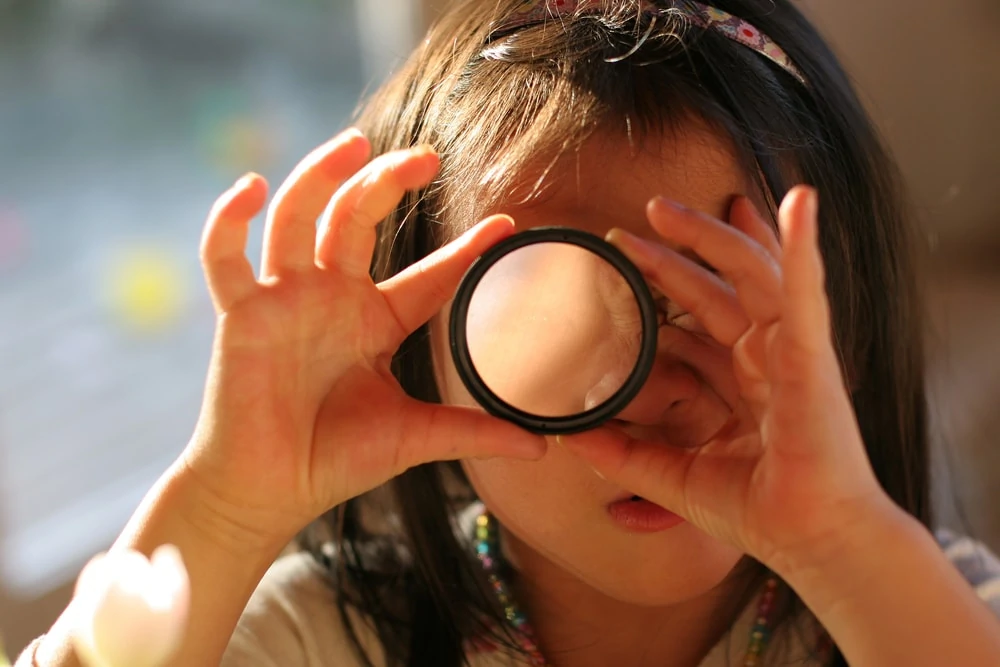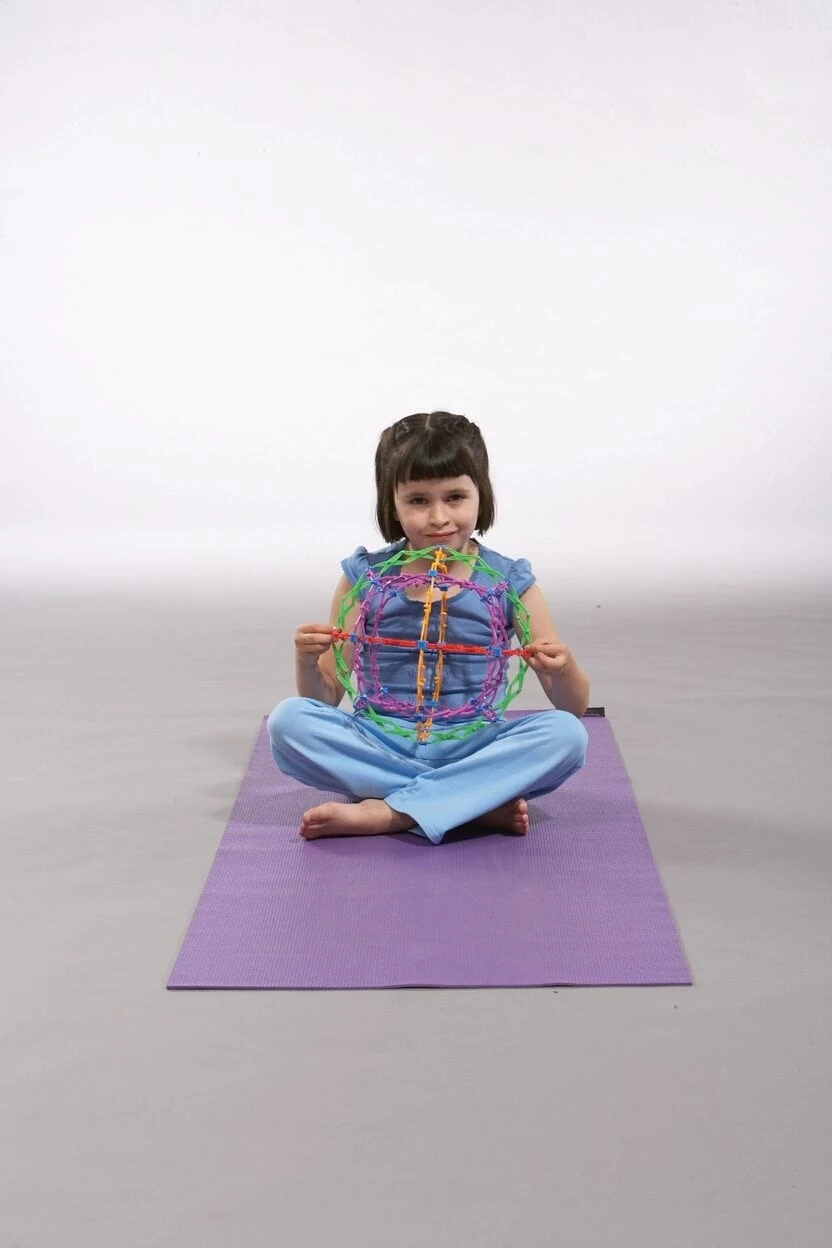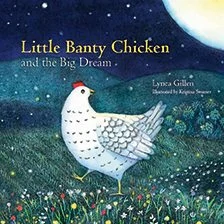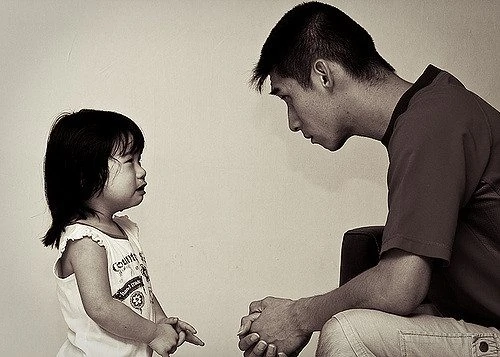President Biden’s proposal for universal preschool was great to hear this past week. Of course, now comes the challenge of getting the plan through Congress. Still, we’re hopeful that some progress will be made toward making preschool available to more children. After all, the benefits are many – not just to children and their families, but to society as a whole.
Preschool is critical to ensuring that children start kindergarten with the skills and supports that set them up for success in school. In fact, research shows that kids who attend universal pre-K are more likely to take honors classes and less likely to repeat a grade, and another study finds low-income children who attend universal programs do better in math and reading as late as eighth grade. Unfortunately, many children, but especially children of color and low-income children, do not have access to the full range of high-quality preschool programs available to their more affluent peers. In addition to providing critical benefits for children, preschool has also been shown to increase labor force participation among parents – especially women — boosting family earnings and driving economic growth. By some estimates, the benefits of a universal pre-K system to U.S. GDP are more than three times greater than the investment needed to provide this service.
But one thing that we feel is crucial – in any grade, really, but especially pre-K – is that teachers are literate in the ways in which trauma expresses itself through behavior AND have the tools and resources needed to help address it appropriately. We were already seeing more kids entering school with histories of trauma. The pandemic has only exacerbated the matter, leaving us with a real mental health crisis among youth of all ages.
Is It Trauma Speaking?

“We used to believe the issue was the kid,” Scott Moore, CEO of the nonprofit Kidango, recently told the New York Times. “Now we’re asking what’s needed to help every child.”
Consider these two examples from Lynea’s experience as a counselor (with some details changed to protect the families’ privacy):
Trades & Tantrums
The parents of a preschool aged girl were concerned about trauma she had experienced and were telling me of her frequent emotional outbursts. I had seen this family a few times, and while I always included the girl in our conversations, I let her play while we talked. Once we were done, I invited her to pick out a small toy from the treasure box. “Pick carefully,” I reminded her, “because I don’t allow trades.”
Within a few minutes of choosing her toy, she told me that she wanted to trade. I reminded her again of my rule. She screamed: “I want to trade!”
“I’m sorry, but screaming won’t change the rule. Tantrums don’t work.”
She stopped mid-cry and looked up at me in surprise. “Yes, they do,” she said.
Emotional Storms
A young boy had been told “no” and began to cry uncontrollably in my office. He looked frightened and kept trying to hide under my desk. His mother looked confused and frightened. He kept repeating that his dad’s “angry face” scared him.
“Your body is having a storm right now,” I gently explained to him. “You can stay under the desk. When your heart starts to slow down and you feel better, you can come out, and we’ll talk about emotional storms.”
Through several more sessions, the family began to realize that the “angry face” came from a time when they had gone through extreme trauma. The father’s emotions triggered his young son’s fight/flight/freeze response. Understanding this, we could focus on tools the family could use to help the boy through those emotional moments.
Both children had experienced trauma, and both exhibited somewhat similar behavior at first, but it’s clear that the girl’s behavior was a tactic of manipulation, while the boy’s was driven by something else. Learning to discern among motivations can be challenging, especially in the heat of a child’s emotional outburst. Is it just poor self-discipline? Is it an attempt to manipulate? Is it frustration from being made to sit and focus for too long, the young body aching to move and release?
Or is it trauma speaking?
7 Tips for Telling the Difference Between Triggers & Tantrums

It can be hard to tell the difference between the two, and it’s important to not treat a trigger in the same way you’d treat a tantrum over not getting one’s way. Here are some things to watch out for to help make this distinction:
- Offer a small reward or offer to play with them if they stop the behavior. If the child can quickly stop, you’re probably not dealing with a trigger. However, this approach works best in a household that allows emotion. Otherwise, the child may learn that stopping emotion gets a reward, which can set up a bad habit of holding in emotions.
- If the emotion has a deep, painful quality and is difficult to stop, you’re likely dealing with a trigger.
- Listen to the child’s words. If you know their history, you may hear the trigger in those words – like “my dad’s angry face” in the example above, or a child whose younger brother almost died screaming, “He was going to be hurt!” The words clearly connect to past trauma.
- With older children, talk with them openly about triggers and what they mean, and help them identify their own triggers.
- Determine if the child is in a fight, flight, or freeze response, and intervene accordingly. The child may look frightened, run away or hide; they may have a rapid heart rate, throw things, or try to fight. Use body-centered language such as “I can see your body is really upset right now. We’re going to let it cool down, and then we’ll talk about it. Let me know when you feel your body settle down.”
- Don’t be afraid to discipline the child. Even if they’re triggered, they also need to learn to manage it in order to be successful in life. Use a language of strength and trust in asking the child to use the tools they have developed.
- Hitting, hurting, or destroying objects should not be allowed. There should be some consequence for such behavior, even if it was in response to a trigger. The consequence can match the behavior – having the child help clean up or pay for the object, for instance, or make some kind of amends to the person they harmed. These are important life skills. The consequence can be delivered in a caring and loving way.
Middle image by popofatticus, via Flickr




